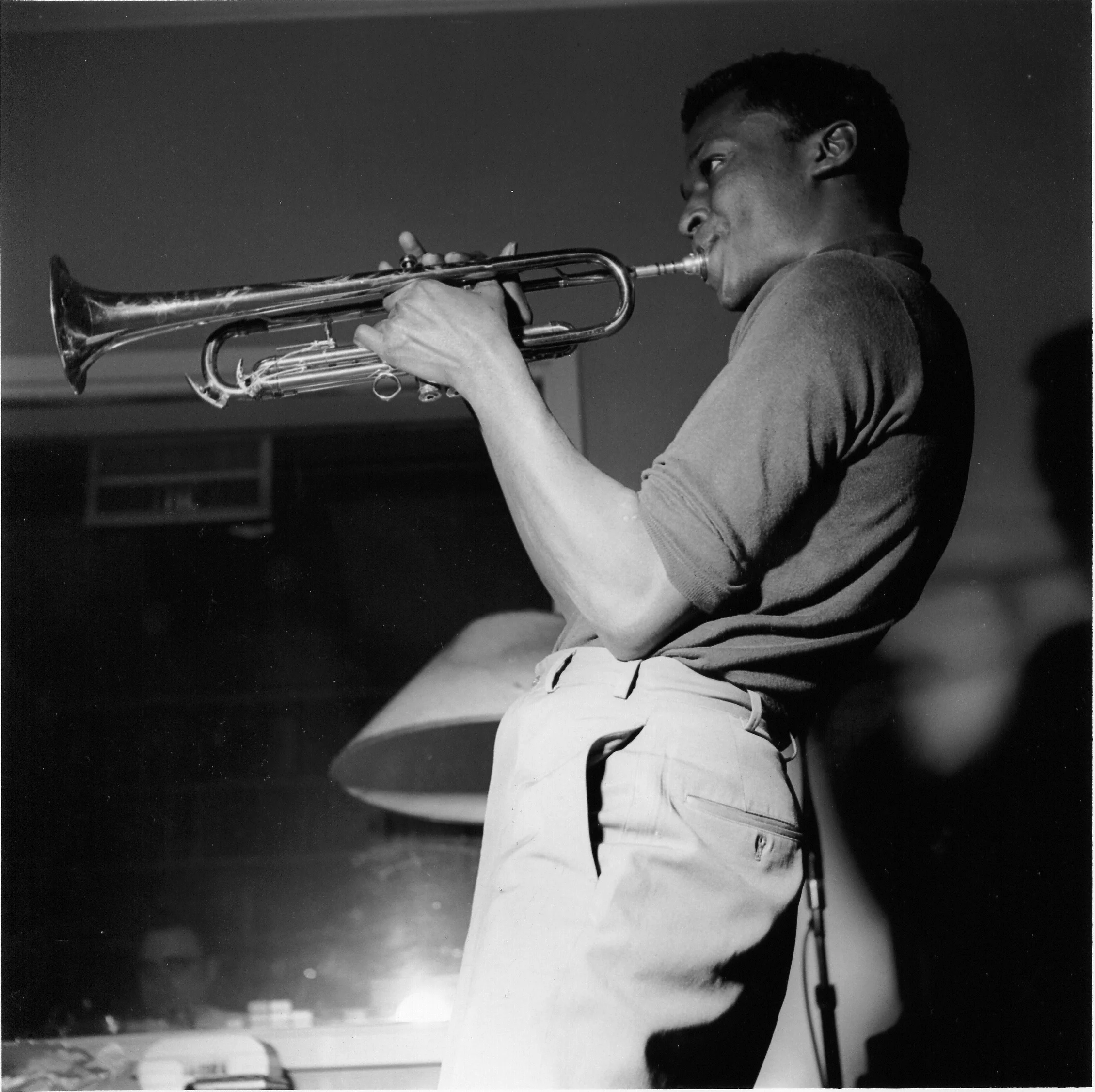Blue Note Records: Beyond the Notes - A rich archival and anecdotal musical doc, cleverly assembled
By Jim Slotek
Rating: B
The status once held by jazz among the most high-minded of music fans was underscored a few years ago when Kendrick Lamar’s hip-hop album Damn was honoured as “the first non-jazz or classical” album to win the Pulitzer Prize.
It takes Swiss director Sophie Huber until the last 15 or so minutes of her documentary Blue Note Records: Beyond the Notes to get to the current reality of Blue Note Records, which is as a bridge between jazz and hip-hop artists, up to and including the promotion of sampling jazz.
It might have been a good place to start, establishing the continued relevance of this American institution before taking us to its storied beginnings.
A young Miles Davis, part of the early Blue Note roster.
Still, as standard a documentary as it is in presentation, Blue Note Records: Beyond the Notes is cleverly assembled and edited, making the most of available archival material to flesh out the stories of Thelonious Monk, John Coltrane, Miles Davis, Bud Powell, Art Blakey, Horace Silver et al, and of Alfred Lion and Francis Wolff, the two German-Jewish immigrants who escaped the war and redefined America’s music culture.
But where the ingenuity is most effective is in the use of audio. Film and video footage of the great jazz artist is of relatively recent vintage, but Blue Note Records kept a wealth of studio “takes,” banter, and live performances, all augmented by stills and album covers. The album covers themselves, by graphic designer Reid Miles – often using artfully cropped photos by Wolff – were the epitome of cool, a “look” that was recognizably Blue Note.
Jazz might have turned out very differently but for the two childhood friends who turned their shared love of jazz into a not-for-profit pursuit, out of studio facilities in a bungalow in New Jersey (later they had a studio/house in New Jersey designed by a student of Frank Lloyd Wright). The film follows their story from 1939, when they began with a roster of Dixieland bands and signed every new sound they heard – from swing to be-bop. Alfred fell in love with Monk’s eccentric piano style, even though he was decades ahead of where he could become a popular or profitable artist.
The talking-head anecdotes are charming and make the be-bop era come alive. And the sanction of the current label management allowed for the film’s crowning moment (Blue Note has had a series of corporate owners and even went under for a period of about five years. Its current president is former recording artist/producer Don Was).
In the scene, surviving royalty and longtime friends, saxophonist Wayne Shorter and pianist Herbie Hancock, record Shorter’s Masqualero with obviously star-struck contemporary artists Marcus Strickland and Robert Glasper (two of the hip-hop influenced artists who signed with the current label – almost all of the featured ones being male, with the exception of Norah Jones).
It’s a moving moment, one that seals the emotional deal on the label’s continued importance.
Blue Note Records: Beyond the Notes. Directed by Sophie Huber. Starring Don Was, Marcus Strickland, Terrace Martin. Starts Friday, March 29 at the Hot Docs Ted Rogers Cinema.

